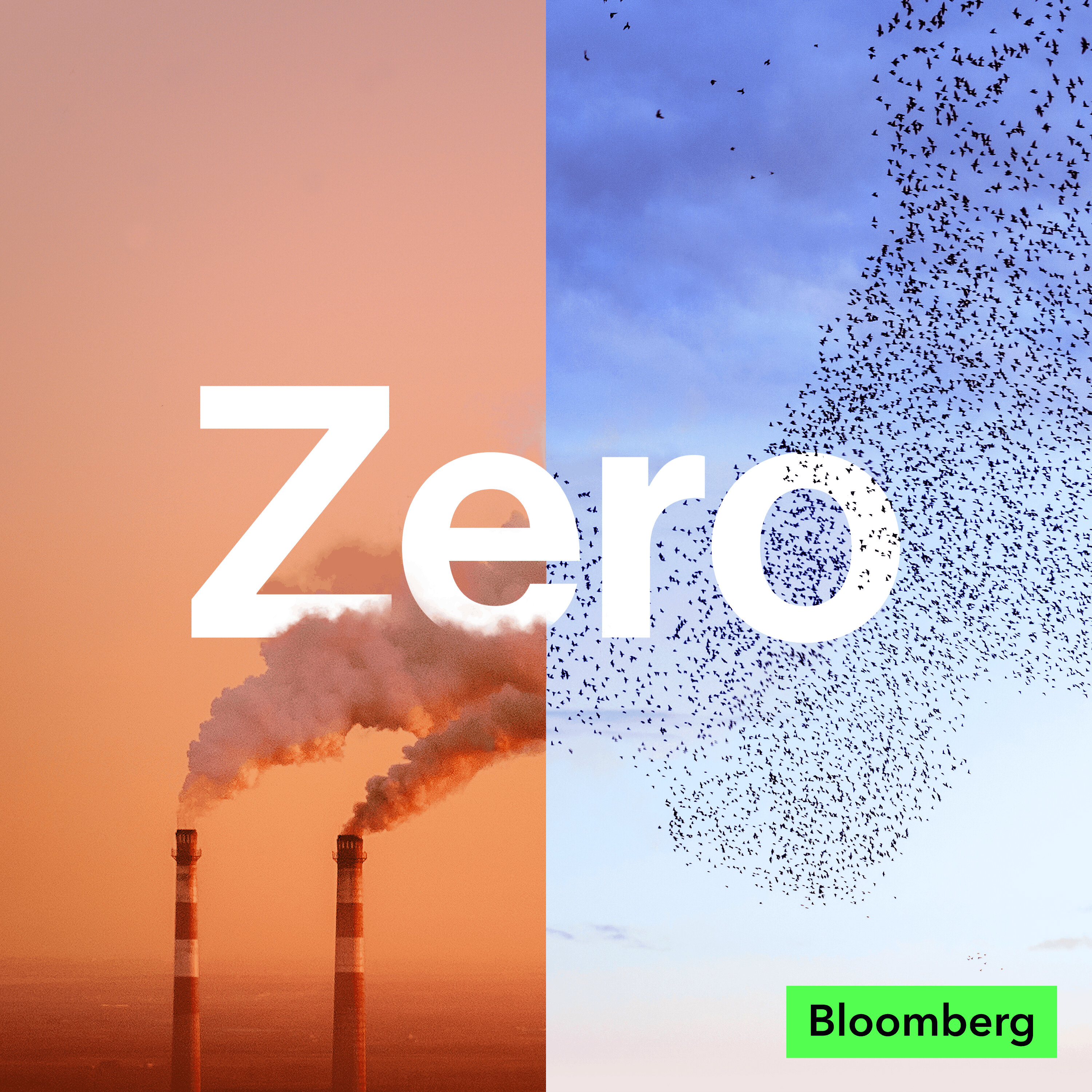
If 1.5C is dead, what happens next?

Zero: The Climate Race
Deep Dive
Why is the 1.5°C temperature threshold significant in the context of climate change?
The 1.5°C threshold is a key goal under the Paris Agreement, aimed at limiting global warming to prevent severe climate impacts. It has become a rallying point for governments, corporations, and activists, with many net-zero targets tied to this goal. Breaching this threshold, even temporarily, signals a significant shift in the climate trajectory and underscores the urgency of reducing emissions.
What factors contributed to the global temperature surpassing 1.5°C in 2024?
The 1.5°C breach in 2024 was influenced by climate change, El Niño (a natural warming phase), and reduced sulfur aerosols from shipping and industrial emissions. Sulfur aerosols previously had a cooling effect, and their reduction has led to additional warming. Other factors include increased solar activity and potential changes in cloud cover, though the exact combination of causes remains unclear.
What are the potential implications of accelerating global warming?
Accelerating warming could lead to more frequent and severe extreme weather events, such as heatwaves, hurricanes, and floods. It also raises concerns about surpassing climate models' predictions, potentially resulting in worse-than-expected scenarios. This acceleration could destabilize ecosystems, economies, and human health, making it critical to address emissions urgently.
Why are scientists concerned about the disappearance of low-lying clouds?
Low-lying clouds play a crucial role in reflecting sunlight and cooling the Earth. Their disappearance could indicate a shift in the Earth's climate system, potentially leading to more warming. If this change is permanent, it could exacerbate global warming beyond current projections, making it a significant red flag for climate scientists.
How does the 1.5°C goal influence corporate and government climate actions?
The 1.5°C goal serves as a benchmark for corporate net-zero targets and government climate policies. Many organizations align their strategies with this goal to demonstrate commitment to climate action. However, as the likelihood of breaching 1.5°C increases, there is growing debate about whether to recalibrate goals to more realistic targets, such as 1.6°C or 1.7°C, while maintaining aggressive emission reduction efforts.
What is the concept of 'overshoot' in climate science?
Overshoot refers to the scenario where global temperatures exceed the 1.5°C target before being brought back down through technologies like direct air capture and other carbon removal methods. While overshoot is increasingly seen as inevitable, it requires both reducing emissions and investing in carbon removal technologies to eventually stabilize temperatures.
Why is the reduction of sulfur aerosols contributing to global warming?
Sulfur aerosols, previously emitted by shipping and industrial activities, had a cooling effect by reflecting sunlight. Regulations reducing sulfur emissions have eliminated this cooling effect, leading to additional warming. This unintended consequence highlights the complexity of climate interventions and the need for comprehensive strategies to address both pollution and warming.
How does political leadership impact global climate action?
Political leadership plays a critical role in driving climate action through regulations, funding, and international cooperation. Hostile political environments, such as those with leaders opposed to climate policies, can slow progress and push back necessary measures. However, grassroots movements and international coalitions can still drive action, even in the absence of supportive leadership.
Shownotes Transcript
In December, Europe’s Copernicus weather service announced that it was “virtually certain” that 2024 would be the hottest year ever. What’s more, the global average temperature last year appears to have surpassed 1.5C for the first time, blowing past a threshold that’s taken on enormous significance in the fight against climate change. Does that mean governments, corporations, and activists recalibrate their climate goals? Akshat Rathi speaks with reporters Eric Roston and Zahra Hirji about what this new reality means. Explore further:
- Past episode about sci-fi writer Kim Stanley Robinson’s visions for 2025)
- Past episode with Eric Roston and Katharine Hayhoe about the extreme weather events brought on by rising temperatures)
- Past episode with the Berghof Foundation’s Andrew Gilmour about conflict and peace-building on a warming planet)
Zero is a production of Bloomberg Green. Our producer is Mythili Rao. Special thanks this week to Sharon Chen, Siobhan Wagner, Ethan Steinberg, and Jessica Beck. Thoughts or suggestions? Email us at [email protected]. For more coverage of climate change and solutions, visit https://www.bloomberg.com/green)
See omnystudio.com/listener) for privacy information.